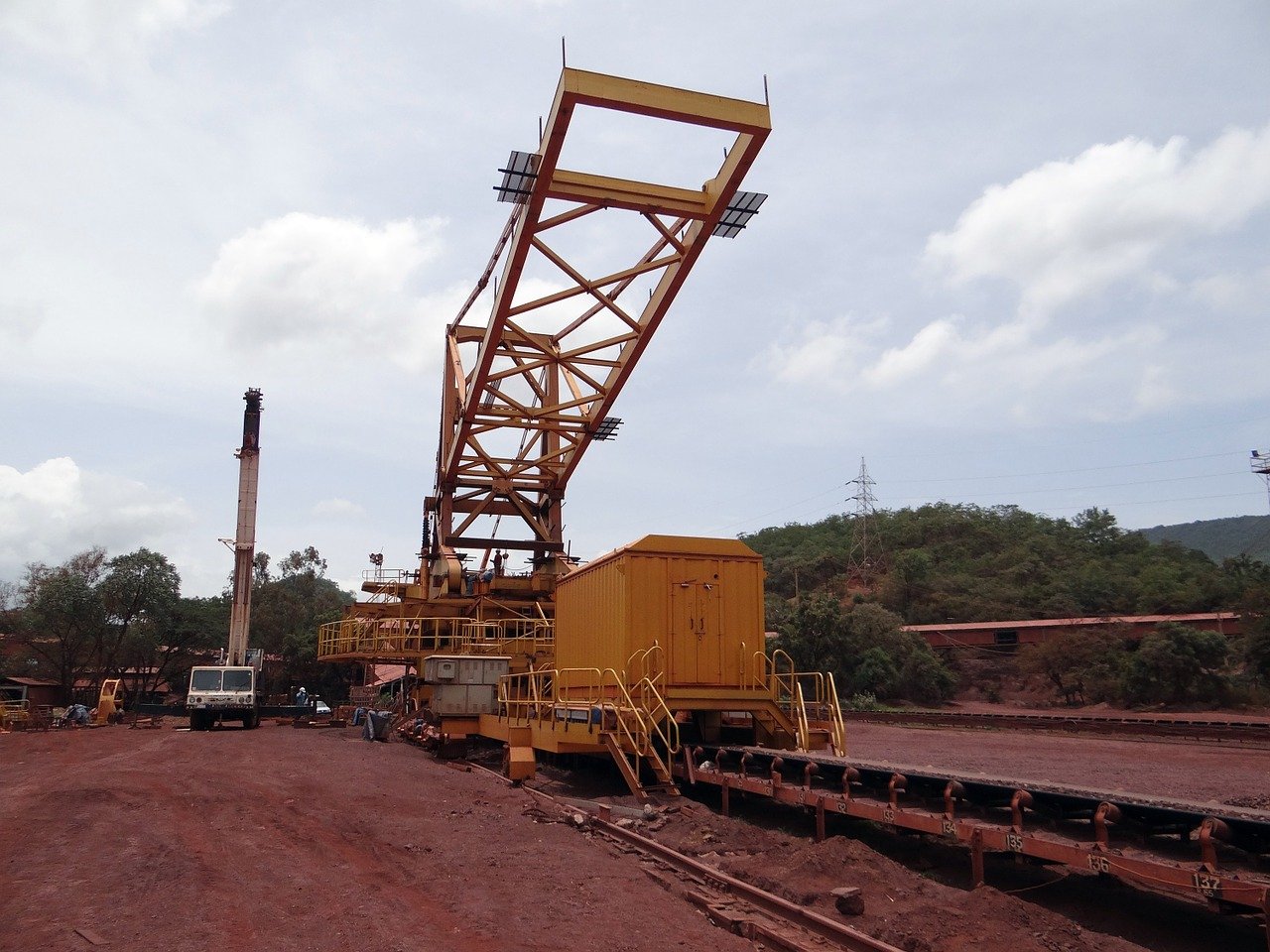

Almost across the board, global commodity prices reached fresh highs in past weeks. Yet there have been a few instances of modest consolidation in recent days. Benchmarks crude and copper have continued to push higher, but agricultural products have mostly settled slightly lower (Charts 1 and 2).
Iron ore, which had outperformed strongly, has also come off somewhat. The benchmark 62% contract briefly breached $220/tonne. 65% fines pushed through $250. In both instances, prices have since declined by only about $10/tonne.
This article is only available to Macro Hive subscribers. Sign-up to receive world-class macro analysis with a daily curated newsletter, podcast, original content from award-winning researchers, cross market strategy, equity insights, trade ideas, crypto flow frameworks, academic paper summaries, explanation and analysis of market-moving events, community investor chat room, and more.
Summary
- Global commodity prices are still rising.
- Iron ore and the BDI have seen minor consolidation.
- Chinese credit conditions and trade disputes may dampen steel demand.
- The risks of a more significant price correction are rising.
Fresh Highs, Yet Signs of Initial Consolidation
Almost across the board, global commodity prices reached fresh highs in past weeks. Yet there have been a few instances of modest consolidation in recent days. Benchmarks crude and copper have continued to push higher, but agricultural products have mostly settled slightly lower (Charts 1 and 2).
Iron ore, which had outperformed strongly, has also come off somewhat. The benchmark 62% contract briefly breached $220/tonne. 65% fines pushed through $250. In both instances, prices have since declined by only about $10/tonne.
Affecting all prices has been the weaker dollar. The benchmark DXY index fell through 90 this week, a level that has often provided support over the past year. Other factors equal, if the dollar has now re-entered its prior downtrend, this is supportive of commodities.
Healthy steel margins continue to justify high ore and coal prices. However, there are now initial signs that Chinese efforts to tighten credit and possibly restrict property lending outright are affecting borrowing activity. With a lag of several months, this will likely result in at least a modest decline in industrial commodity prices.
The ore supply outlook saw no material changes over the past weeks. However, there has been talk that China might move to restrict steel exports to Australia as a new part of the simmering trade disputes between the two countries. Were that to occur, it would bode poorly for ore prices, as overall steel demand would likely decline modestly.
Global shipping continues to struggle with unusual seasonality and demand patterns more generally. The uneven recoveries worldwide have much to do with the varying rates at which major economies are emerging from lockdowns. While in most countries activity has jumped, it has been sporadic and unpredictable, leading to logistical problems. The BDI therefore remains elevated, although it has fallen back under 3,000 in recent days (Chart 3).
The outlook for global industrial commodity demand remains robust for now, but leading indicators suggest the cycle has begun to turn. Not only have Chinese credit conditions tightened materially already; there is talk of further measures as price pressures build. Surging rates of consumer price inflation in much of the developed world imply that credit will begin to tighten elsewhere before the end of the year. In anticipation, some traders may begin to take profit on the large commodity rally over the past year. To the extent that speculation more than fundamentals drove at least part of the most recent rise in prices, the possibility of a significant correction is growing.
John Butler has 25 years experience in international finance. He has served as a Managing Director for bulge-bracket investment banks on both sides of the Atlantic in research, strategy, asset allocation and product development roles, including at Deutsche Bank and Lehman Brothers.
(The commentary contained in the above article does not constitute an offer or a solicitation, or a recommendation to implement or liquidate an investment or to carry out any other transaction. It should not be used as a basis for any investment decision or other decision. Any investment decision should be based on appropriate professional advice specific to your needs.)